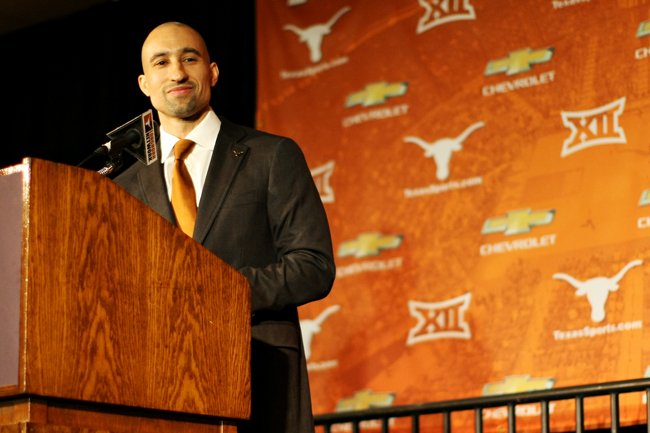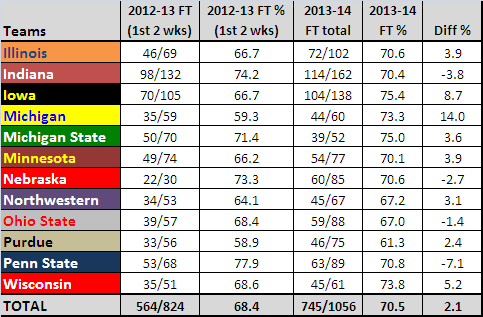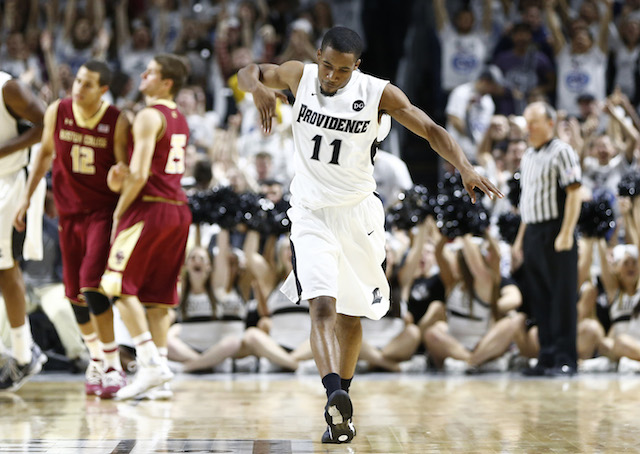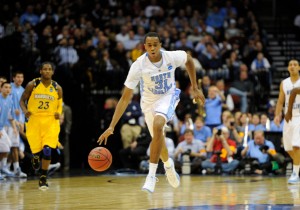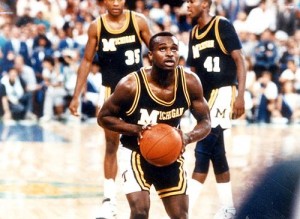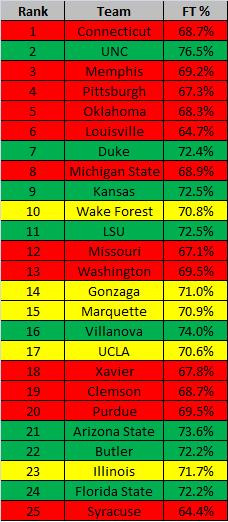Posted by nvr1983 on April 7th, 2008
In the interest of full disclosure, I had a draft for this ready with a little over a minute left in the game congratulating Memphis for winning the game and making their FTs when it mattered since they had made their last 4 when Chris Douglas-Roberts stepped to the line. . .
After 2 blowouts in the semifinals, we finally got a close game. After a first half that lacked any real flow to it with both teams playing well offensively in spurts but never at the same time, the game took on the character we all expected with up-and-down end-to-end action. As we expected, Kansas dominated inside while Memphis won the perimeter battle. The shot charts for Kansas was particularly astounding as for most of the game Kansas scored nearly 70% of its points in the paint with most being lay-ups.
A couple of observations:
1) Billy Packer was right. As much as we hate to say it, he was dead-on when he said John Calipari should stop setting up picks for Derrick Rose since the Jayhawk big men showed absolutely no interest in staying on the guy setting the pick. This essentially put Rose up against a double-team every time without the pick man rolling to the basket hard. Bill Self almost cost Kansas the title when he switched to the box-and-one to help slow down CDR, who was destroying Brandon Rush at that point. The box created enough separation that the Tigers’ screens were useless so they stopped setting them, which freed up Rose to go by his man. I don’t understand why Calipari would even set the picks for Rose, who can blow by anybody at this level by himself. Picks can make it easier, but not when the opposition doubles the ball and the pick man doesn’t create a good passing angle. Fortunately for Memphis, Self made it easy for Calipari by switching to the box-and-one. Rose took over the game almost from the moment that Kansas switched to the box-and-one.
2) Rose should be the #1 pick in the draft. I love Michael Beasley’s game (and his “We’ll beat them [Kansas] in Africa” quote), but I just think Rose will be a much more valuable commodity at the next level as there are a lot more good PFs than PGs in the NBA. When Rose gets a full head of steam, he’s unguardable. He may struggle his rookie year adjusting to life in the NBA (the $106 per diem will buy a lot of Gummy Bears) due to his tendency to be a little bit out of control at times and the fact that he will finally play against guys who are on the same level as him. However, I can only think of two guards (Deron Williams and Chris Paul) that I would take over Rose for the next 5-10 years and that’s only because they are proven commodities while Rose still has to prove that he can handle himself at the next level. That said, as ridiculous as Chris Paul has been this year, Rose has a higher ceiling than either of them. While Rose was unable to close the deal, I don’t hold it against him (look to CDR for that) as he showed me more than enough during the tournament to make me a believer.

3) The Kansas inside game disappeared late in the 2nd half. For the first 30 minutes of the game, it seemed like I was going to be writing the Tigers 2007-2008 obituary by talking about how they got destroyed in the paint. It was probably a combination of Kansas not working hard enough to get the ball inside and Memphis packing it in late in the 2nd half. Either way, this (along with Self’s bizarre decision to go box-and-one) almost cost the Jayhawks the title. After Mario Chalmers hit his miracle 3 to force OT, Kansas reestablished itself inside and cruised to victory.
4) Heart attacks sky rocket in Lawrence and Memphis tonight. Ok. I was trying to write this paragraph during the last 2 minutes of the game to post before going to bed. Originally it was “Memphis hits the FTs when it mattered” (4/4 at that point) then it was “Rose = $$$” when he stepped to the line. This observation obviously didn’t want to be written so I’ll move onto #5.
5) FTs killed Memphis. This should have been the #1 point and it will be the headline of this game as long as people talk about it. It’s sort of humorous that the media finally stopped hounding Calipari about the Tigers’ FT shooting coming into this game and they laid an egg in the biggest moment. The last minute-plus was basically the anti-Rumeal Robinson as CDR was the guy that Memphis fans wanted to be in that position. After going 11/14 before the last minute-plus, Memphis finished 1/5 giving Chalmers the chance to hit a 3 that will only grow in legend in Lawrence, Kansas.
6) Holy $&!% I can’t even begin to come up with a word to describe how big that 3 by Chalmers was. The only other thing I can compare it to is Keith Smart’s shot in 1987 to help Indiana beat Syracuse. While this didn’t officially win the game, for all intents and purposes Chalmers shot won the game. There was no way Memphis was going to come back after they choked away the game at the line and Chalmers hit that shot. I would criticize Calipari for not taking the foul at that point, but it appears they Rose tried to commit a foul but it wasn’t called. After the shot, the game like this post-mortem was over.

| 2008 ncaa tournament
| Tagged: bill self, billy packer, chris douglas-roberts, chris paul, deron williams, derrick rose, final 4, free throws, indiana, john calipari, kansas, keith smart, mario chalmers, memphis, michael beasley, nba draft, ncaa tournament, syracuse
Share this story





























